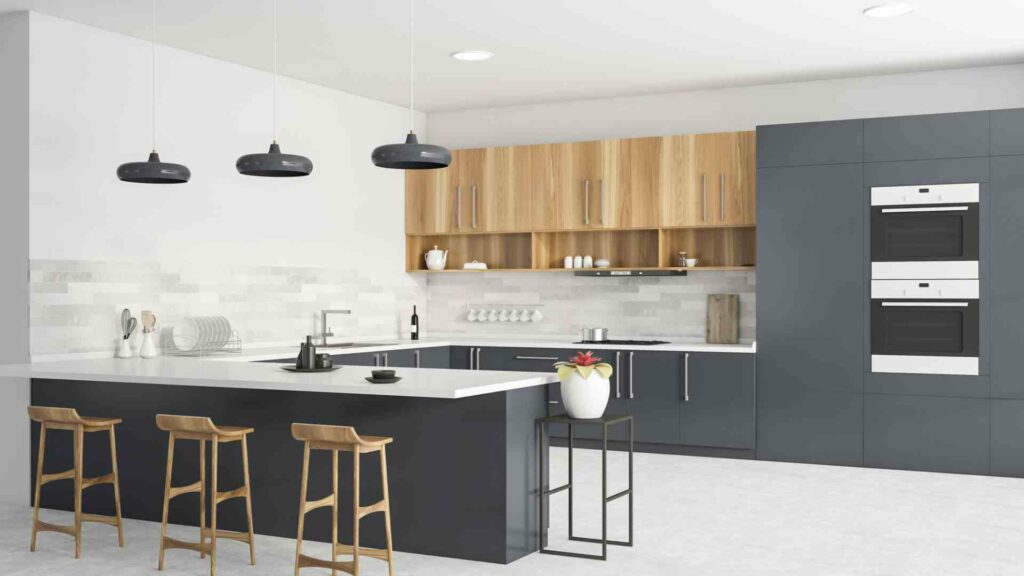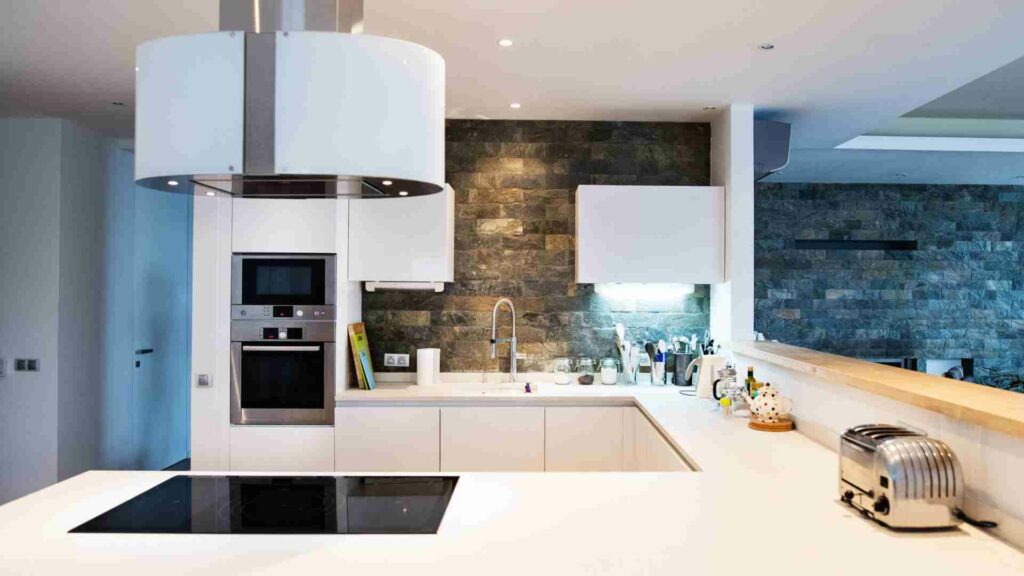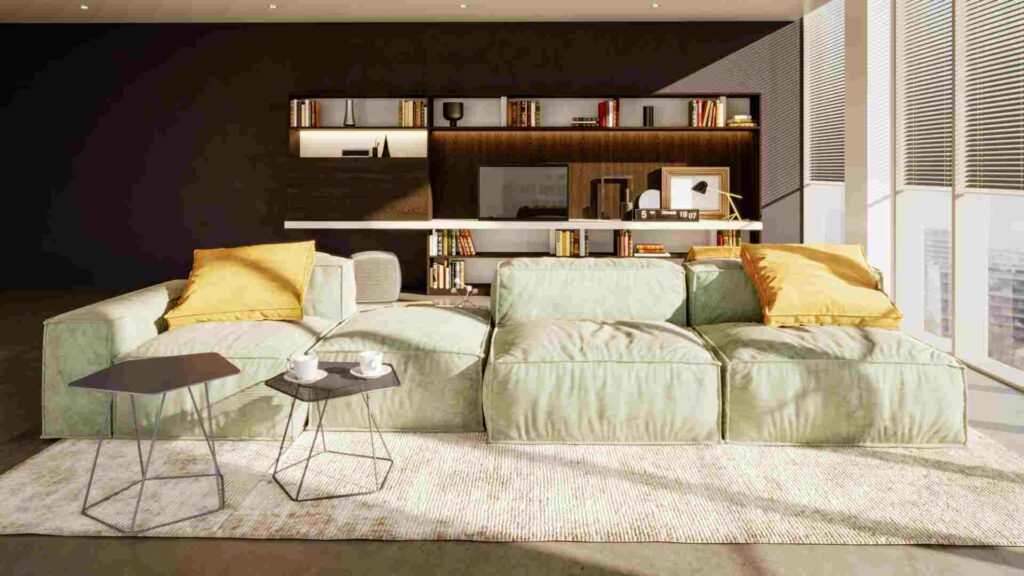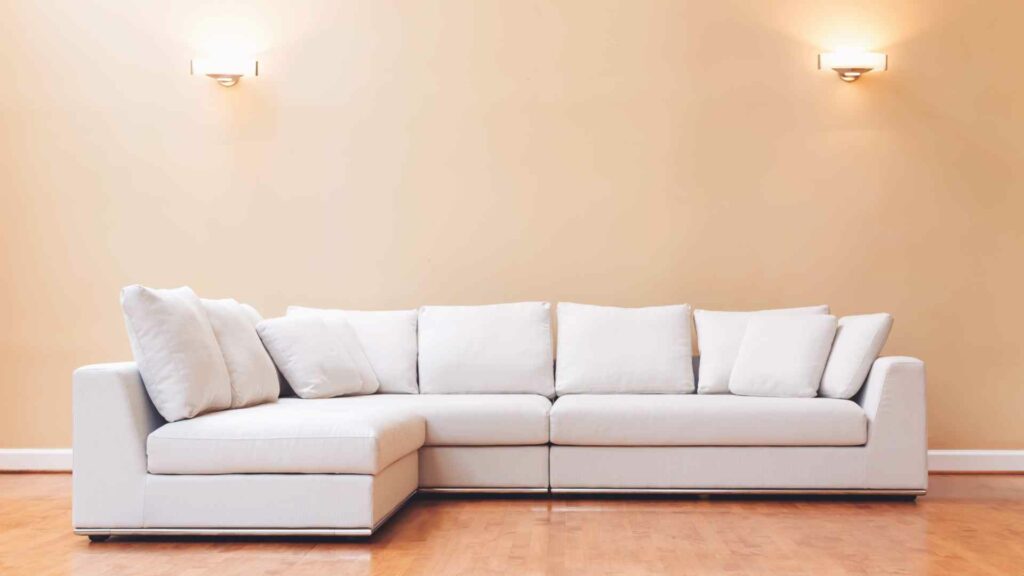9 Different Types of Upholstery Fabrics for Furniture
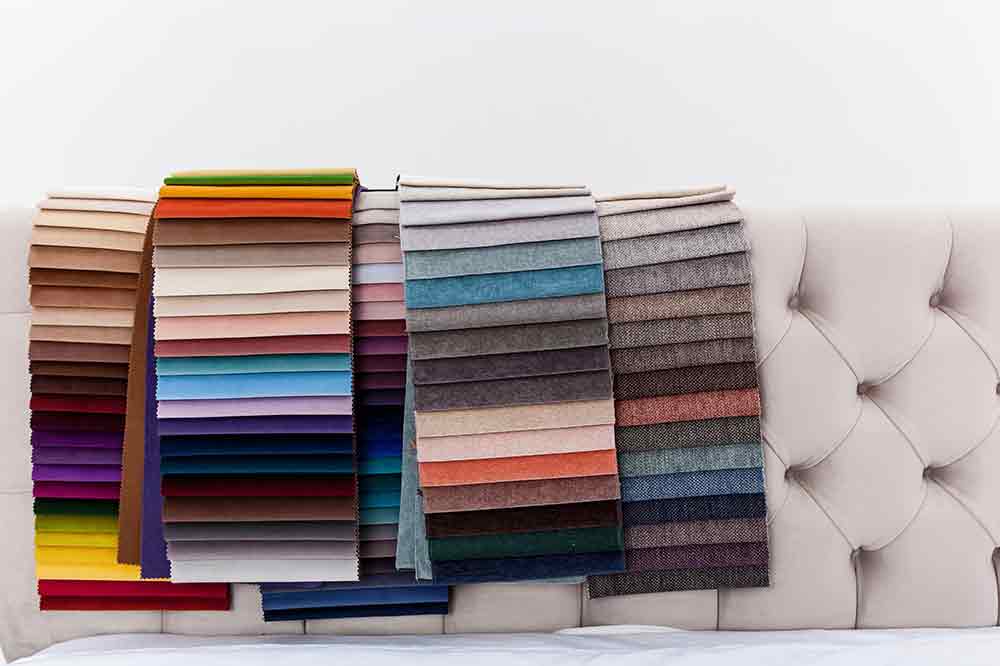
When buying furniture from an online furniture store in Toronto or reupholstering old furniture, selecting the suitable fabric remains essential. You can be confused about choosing upholstery fabrics for your furniture items with so many options in front of you. Colours and patterns count, but the suitable material should matter to you the most. While selecting the upholstery fabric, one thing to keep in mind is how long the fabric can stand up. Now let us see different options you have regarding upholstery fabrics:
Linen (Natural):
Linen is a strong upholstery fabric made from the fibres of the flax plant. It is soft, pill-resistant, naturally lustrous, and also resists soling. Nevertheless, linen can wrinkle and is often mixed with cotton for better elasticity. Linen suits casual spaces than formal spaces; therefore, it is not an ideal upholstery fabric for office furniture.
Cotton (Natural):
Cotton is soft, durable but can wrinkle and soil. Usually, cotton is the choice for slipcovers as you can clean most cotton using soap and water. You will seldom find 100% cotton upholstery fabric as best quality cotton blends have 45 to 60 percent cotton usually.
Wool (Natural):
You may very likely know that wool is derived from animal hair. It is a durable upholstery fabric but is a bit scratchy. Wool without being used as blended upholstery fabric is challenging to clean and risks felting; for the same reason, most wool upholstery fabric is a blend.
Leather (Natural):
Leather is made from animal hide; it is durable and easy to clean. Leather comes in different grades with full-grain leather (the most durable) and top-grain leather (the second-best). It would be best to ask questions about leather upholstery while choosing a sectional or chair from a Toronto furniture store.
Polyester (Synthetic):
Polyester was introduced in 1950 as a very reliable synthetic fabric; nonetheless, it is not ideal to use alone as an upholstery fabric. Mainly, it is used as a blend of cotton and wool for strength, abrasion resistance, withstand wrinkles, and clean easily.
Velvet (Synthetic or Natural):
Velvet can be made from cotton, silk, or polyester; hence, it can fall under either category. Polyester velvets are the most durable than natural fibre velvets. Velvet upholstery fabric may not be easy to clean; still, it is comfortable, has texture, and rich in colour.
Microfiber (Synthetic):
Microfiber is a knit blend polyester fabric, softer than suede, and much easier to clean. This upholstery fabric is made from tightly woven synthetic fibres, providing durability and moisture resistance while maintaining the suede’s aesthetic qualities.
Rayon (Semi-Synthetic):
Rayon is a cellulose-based material developed as an imitation of silk, linen, and cotton. Rayon is long-lasting and wrinkle-resistant. Rayon is typically blended with the other types of threads that make it ideally suitable for upholstery.
Sunbrella (Acrylic-Synthetic):
Initially, this upholstery fabric was created for outdoor furniture. It is a good upholstery fabric for indoor furniture items because it can withstand spills and direct sunlight.
Conclusion
There are different upholstery fabric choices you have for your furniture items in Toronto. It is up to you to decide which furniture upholstery fabric will go well with a specific furniture piece. Synthetic fabrics seem more durable than natural fabric choices, but they do not have the texture you desire. Leather or linen should be your pick for furniture upholstery if you prefer natural fabric for furniture. Polyester should be your pick if you are not interested in natural upholstery fabrics for furniture. If you know how much wear and tear the upholstery can withstand, you can conveniently decide about the right upholstery fabric for furniture.
